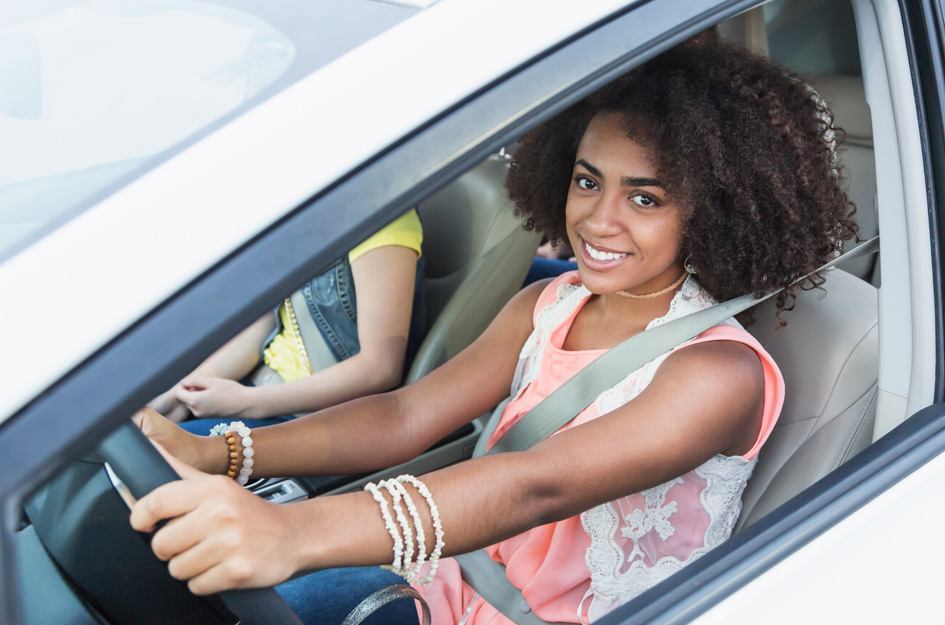

Prepare your teen to minimize distractions and help them feel more prepared before hitting the road.
Getting behind the wheel is an incredible privilege for any teenager, and being a safe driver is one of the most important ways they can demonstrate personal and societal responsibility.
Learning the fundamentals of teen driving safety is critical, as motor vehicle crashes are the number one cause of death among teens in the U.S.
The CDC reports that nearly 2,400 teens aged 13-19 lost their lives in car crashes in 2019, with another 258,000 being treated in emergency rooms for injuries suffered in a motor vehicle crash.
Distractions and dangers are all around drivers when they get in a car, especially when it comes to teen driving accidents. According to National Highway Traffic Safety Administration (NHTSA):
Learning safe driving techniques can empower teen drivers to make safe choices, avoid digital distractions and be confident on the roadways.
Here are eight tips to support the teen driver in your life:
To help stay safe on the road, the UPS Road Code program at Boys & Girls Clubs, now in its 12th year, educates teens on safe driving techniques and how to minimize distractions on the road. The program empowers teens to drive change for themselves and their peers through a combination of classroom sessions and the use of a driving simulator. Online resources are also available for parents and teen drivers to prepare for the realities of the road.
As part of the UPS Road Code program, new teen ambassadors are named to lead the future of safe driving. The ambassadorship is a year-long commitment beginning each October, and recently Boys & Girls Clubs of America welcomed 62 new ambassadors – including two national ambassadors – who will become safe-driving advocates for their peers, families and communities.
The 2020-21 national ambassadors are Hugo M., Morristown Boys & Girls Club and Daniela P., West Valley Boys & Girls Club, who established platforms through teaching classes, creating PSAs, developing bilingual messages, and talking about the importance of safe driving across their social media channels.
Learn more about UPS Road Code and how Clubs across the nation are supporting the next generation of safe drivers.
We use cookies to enhance your experience. Learn More.
Boys & Girls Clubs of America uses cookies to give you the best experience on our website. Read about cookies in our privacy policy. By closing this message, you consent to our use of cookies on this device in accordance with our policy unless you have disabled them.